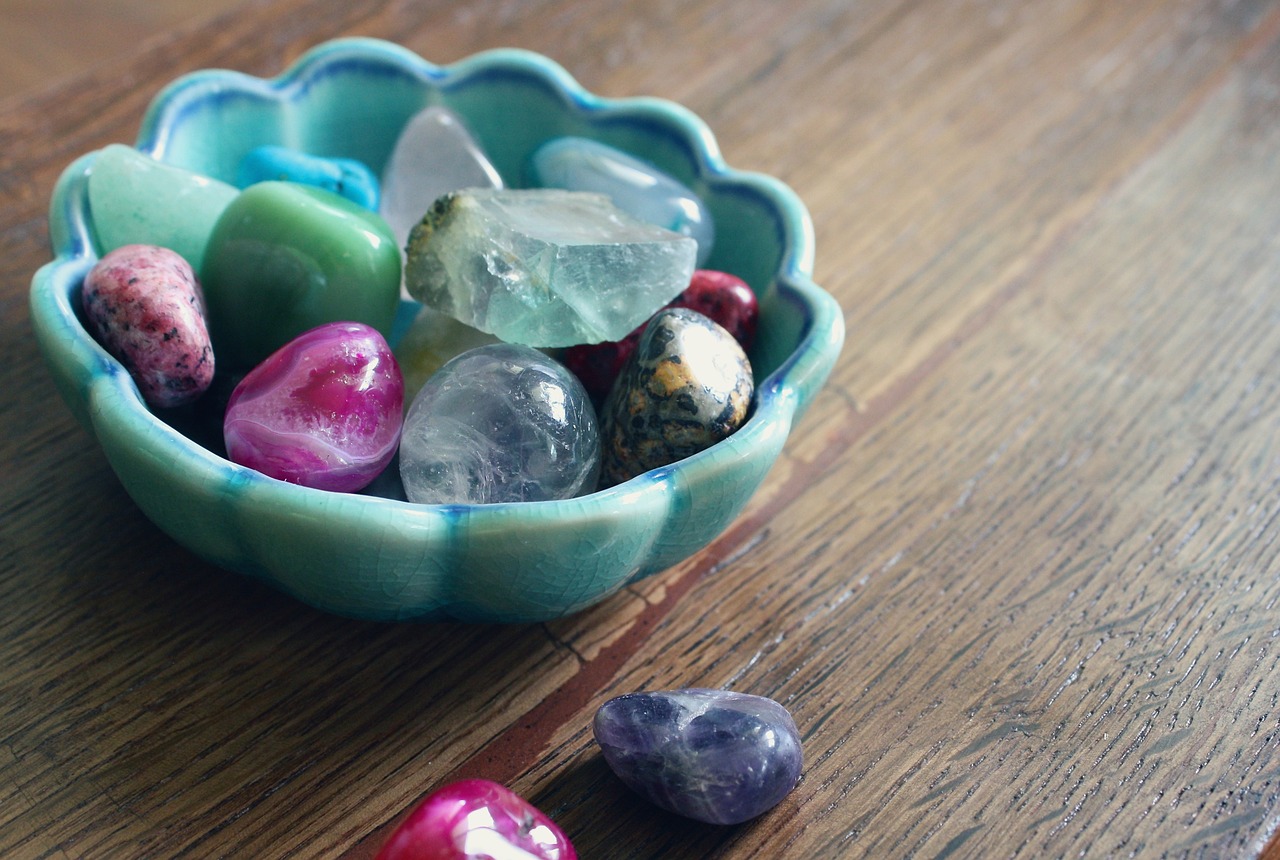
Vocabulary:
I will read the words, meanings, and sample sentences. Then, repeat after me.
- Aboriginal /ab-uh-RIJ-uh-nl/
- talismanic /ta-li-SMA-nihk/
- medium /MEE-dee-uhm/
- invaluable /in-VAL-yoo-uh-buhl/
- conjecture /kuhn-JEK-cher/
[noun] – consisting of or relating to a race of people who lived in a country before any colonists arrived
We are currently studying the lives of Australia’s Aboriginals.
[adjective] – possessing or believed to possess magic power
The talismanic value of each stone is interesting to learn.
[noun] – a method or way of expressing something
What mediums do you use when painting?
[adjective] – priceless or having value too great to measure
The tasks may be difficult, but the work provides us with invaluable experience and growth.
[noun] – an opinion or judgment that is not based on proof; a guess
His theory was just conjecture, so the scientists didn’t approve of it.
Article reading:
Please read the whole article. Then, I will check your pronunciation and intonation.
Do you believe that gemstones hold special meanings and powers? Legends about jewels span among differing cultures, from Ancient Greek to Aboriginal. Early humans in Ancient Greece considered amethysts to have originated from the tears of the Greek God Dionysus, whereas onyx from Venus’ fingernails. For the Aboriginals of southern Australia, opals came into existence when their ancestral God descended to Earth in a rainbow. But what could be the reason behind these symbolisms and beliefs?
The talismanic quality of gemstones has been exploited by diplomats, traders, and lovers. Different gemstones hold different significance. For example, moonstones are believed to be mediums to communicate with the gods. Diamonds have powers over health and love, yet can also be used as poison. Pearls, on the other hand, symbolize powers for the nobility. Pliny the Elder, a Roman philosopher and author, wrote about how Cleopatra dissolved an invaluable pearl in vinegar to impress Marc Anthony. Currently, the interests in gemstones and jewelry have become more and more unique and personal. English jeweler Vicki Ambery-Smith once created a ring to celebrate the 10th wedding anniversary of one of her clients. The ring was based on the church where her customer was married, her home, and even her car. When it comes to the topic of recycling heirlooms, it has been a common practice since Roman times. English General Oliver Cromwell once ordered to repurpose the late King Charles I’s crown jewels to coins stamped with “Commonwealth of England.”
For London jeweler Esther Eyre, jewelry became the “ultimate in recycling” nowadays. “It’s an interesting conjecture that particles of the gold in modern pieces may have been worn by the Ancient Egyptians,” she added. Even though jewelry are mere “accessories,” they hold significant value to some, and perhaps even to our ancestors.
The talismanic quality of gemstones has been exploited by diplomats, traders, and lovers. Different gemstones hold different significance. For example, moonstones are believed to be mediums to communicate with the gods. Diamonds have powers over health and love, yet can also be used as poison. Pearls, on the other hand, symbolize powers for the nobility. Pliny the Elder, a Roman philosopher and author, wrote about how Cleopatra dissolved an invaluable pearl in vinegar to impress Marc Anthony. Currently, the interests in gemstones and jewelry have become more and more unique and personal. English jeweler Vicki Ambery-Smith once created a ring to celebrate the 10th wedding anniversary of one of her clients. The ring was based on the church where her customer was married, her home, and even her car. When it comes to the topic of recycling heirlooms, it has been a common practice since Roman times. English General Oliver Cromwell once ordered to repurpose the late King Charles I’s crown jewels to coins stamped with “Commonwealth of England.”
For London jeweler Esther Eyre, jewelry became the “ultimate in recycling” nowadays. “It’s an interesting conjecture that particles of the gold in modern pieces may have been worn by the Ancient Egyptians,” she added. Even though jewelry are mere “accessories,” they hold significant value to some, and perhaps even to our ancestors.
Discussion Questions:
I will read each question. Then, please answer them.
- Since gemstones hold significant value to some, do you think it is wise to repurpose them? Please explain your answer.
- Do you think gemstones have become more personal because people find them less valuable over time? Why or why not?
- If you had the chance to choose a gemstone to have, which would it be and why?
- In your country, do people buy gemstones because of their symbolism or value? Please tell me more about it.
- Kindly share what jewelry are acceptable to wear in your country (based on the event).
Summarization
Please summarize the whole article using your own words and expressions. You will have one minute to prepare before you answer.
Describe:
Please explain the definition of each word listed below based on your understanding. You can provide example sentences if needed.
- span
- differing
- descend
- exploit
- repurpose